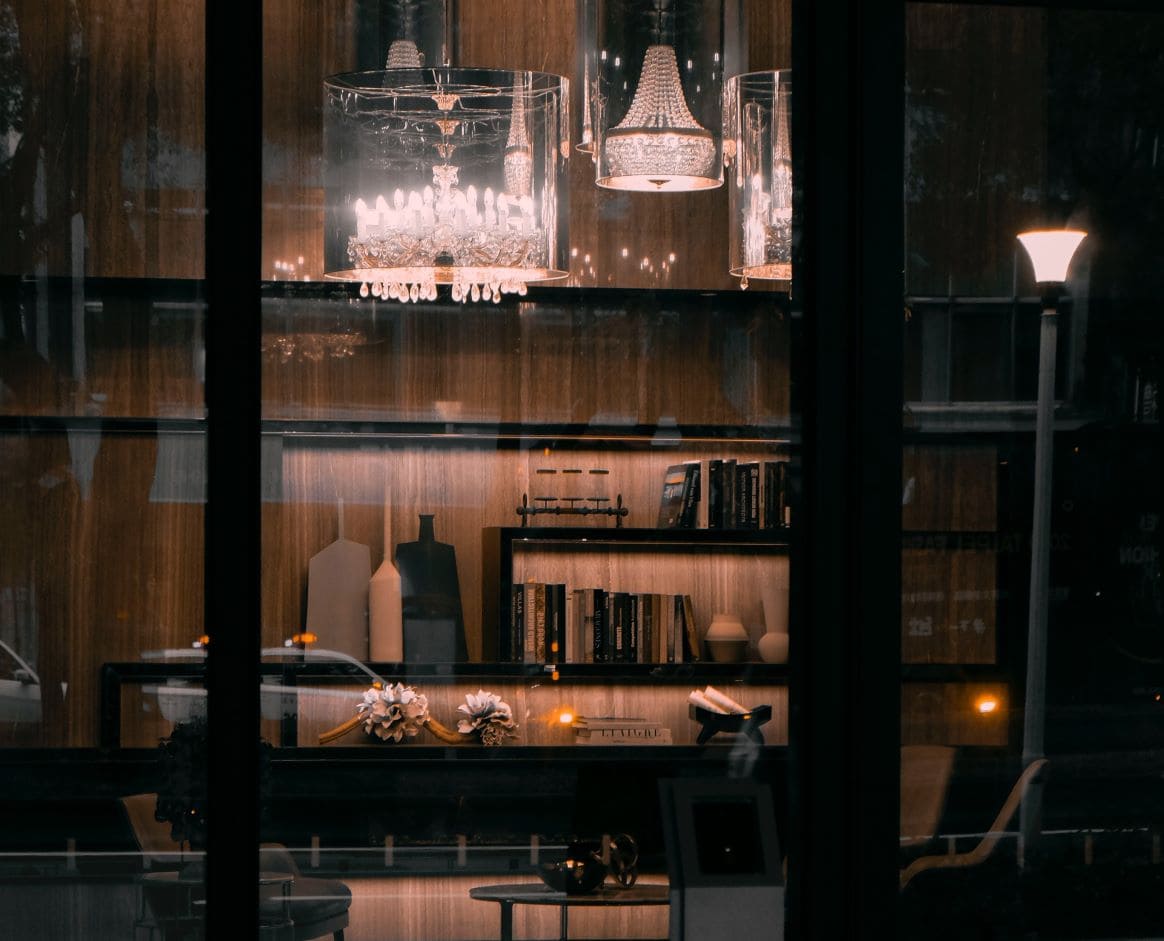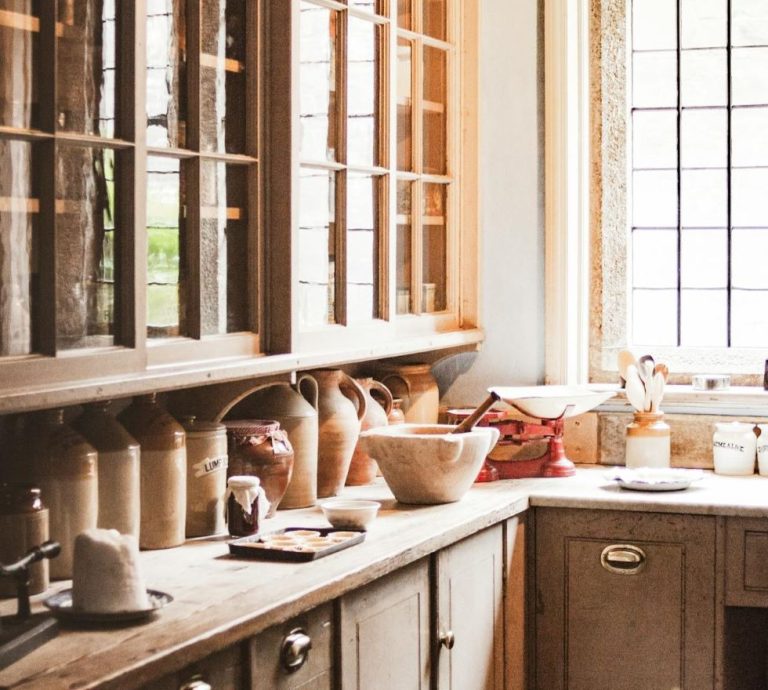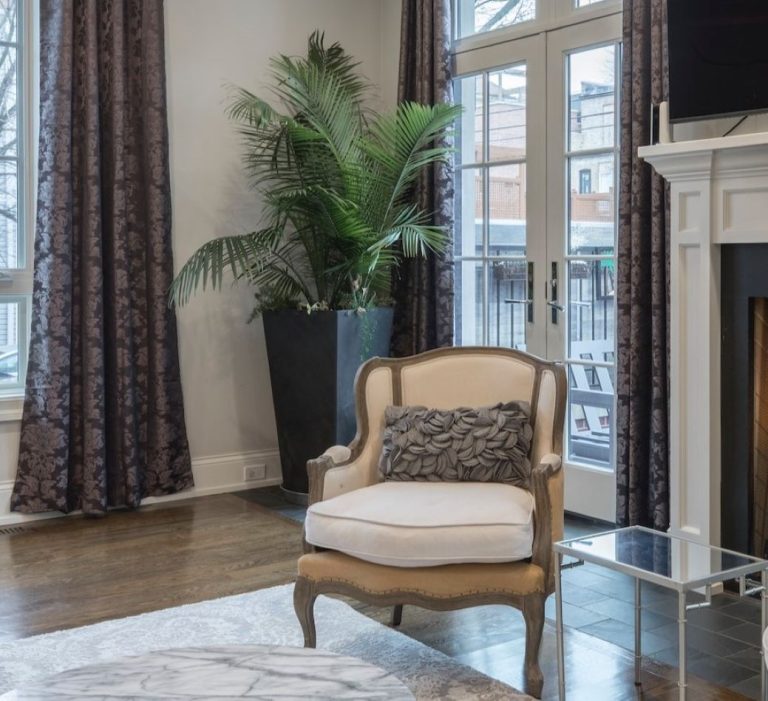
Where to Start When Decorating a New Home
Decorating a new home can be an exciting and fulfilling experience, but it can also feel overwhelming if you don’t know where to begin. From assessing your personal style to planning the layout of each room, there are several factors to consider. In this article, we will provide you with valuable tips and guidance on how to approach decorating your new home.
Assessing Your Personal Style and Preferences
Before diving into home decor, it’s essential to assess your personal style and preferences.Creating a mood board can be a helpful tool to visually gather ideas and inspirations for your home decor. A mood board is a collage of images, colors, and textures that represent your desired aesthetic. It can include magazine clippings, fabric samples, and even photos of rooms you admire. By compiling all these elements in one place, you can gain a clearer understanding of your personal style and the direction you want to take with your home decor. For example, if you find yourself gravitating towards neutral colors, natural materials, and minimalist designs, you may identify as having a Scandi style.
Another way to discover your personal style is by taking a decorating style quiz. These quizzes are designed to ask you a series of questions about your preferences, such as your favorite colors, patterns, and furniture styles. The results will help you identify your personal style, whether it’s Naturally Rustic, Scandi, or Glamour. For instance, if you tend to prefer vintage furniture, bold patterns, and luxurious textures, you might find that the Glamour style resonates with you.
Consider Social Kelli’s product as a resource for home decor items that align with your personal style and preferences. Their website offers a wide range of products and inspiration, making it easier for you to find pieces that match your aesthetic vision. For example, if you have a Glamour style, you can browse their collection of glamorous furniture and accessories to bring that opulent feel to your new home.
Creating a Budget for Home Decor
Setting a budget is crucial when decorating a new home. It helps you prioritize your spending and avoid overspending on unnecessary items. To create a budget, start by determining how much you can afford to allocate to home decor. Consider your overall financial situation and any other expenses you need to account for.
Once you have a budget in mind, prioritize essential items. These are the pieces that are necessary for your home’s functionality and comfort. Focus on finding quality options for these key pieces within your budget. For example, if you’re furnishing your living room, a sofa and a coffee table would be considered essential items. Look for affordable options without compromising on quality.
To make your budget stretch further, explore affordable options at stores like Homegoods, TJ Maxx, and Rugs. These stores offer a variety of home decor items at discounted prices, allowing you to find stylish and affordable pieces for your home. Another budget-friendly approach is to repurpose or refinish old pieces from places like Goodwill or garage sales. With a little creativity and some DIY skills, you can transform secondhand items into unique and personalized decor pieces that won’t break the bank.
Additionally, Social Kelli’s product website may provide recommendations for budget-friendly home decor options. They often curate collections of affordable and stylish products that cater to various budgets. By exploring their website, you may discover budget-friendly alternatives to high-end items that still fit your personal style. This way, you can create a beautiful home without straining your finances.
Planning the Layout of Each Room
Before diving into decor choices, it’s important to plan the layout and functionality of each room in your new home. Consider how you will use each space and what activities will take place there. This will help you determine the furniture and accessories needed to create a functional and comfortable environment.
For example, if you’re planning your living room layout, ask yourself questions such as: Will it primarily be used for entertaining guests or relaxing with family? Do you need a space for a home office or a play area for children? By answering these questions, you can make informed decisions about the size and arrangement of furniture pieces.
When planning the layout of each room, it’s also important to take into account any existing architectural features or fixed elements that cannot be easily changed. For instance, if your bedroom has a large window, you might want to position the bed in a way that takes advantage of the natural light and offers a pleasant view.
Choosing a Color Scheme and Theme
Selecting a color scheme and theme is a crucial step in creating a cohesive and harmonious look for your new home. A well-chosen color scheme can tie the different rooms together and create a sense of flow throughout the house.

When choosing a color scheme, consider your personal preferences and the mood you want to create in each room. Some people prefer neutral color palettes for a calming and timeless look, while others opt for bold and vibrant colors to make a statement. Take into account existing fixed elements such as trim and cabinets when selecting colors. These elements may have a specific color or finish that you need to work with or complement.
For example, if you have white trim and cabinets in your kitchen, you might choose a color scheme that includes shades of blue and gray to create a fresh and modern look. On the other hand, if you have warm-toned wood trim and cabinets in your living room, you might opt for a color scheme that includes earthy tones like browns and greens to create a cozy and inviting atmosphere.
Selecting Furniture and Accessories
Choosing the right furniture and accessories is key to creating a well-designed and functional space. When selecting furniture, consider both aesthetics and functionality. Look for pieces that match your personal style and the chosen color scheme. However, it’s equally important to ensure that the furniture is comfortable and suits your needs.
For example, if you have a small living room, you might opt for a compact sofa or a sectional that can be configured to fit the space. If you have young children or pets, you might choose furniture with durable and easy-to-clean upholstery. By considering both aesthetics and functionality, you can create a space that is not only visually pleasing but also practical and comfortable.
In addition to furniture, accessories play a crucial role in adding personality and style to your home. Consider accessories such as rugs, curtains, throw pillows, and artwork. These elements can enhance the overall look and feel of a room, tying all the design elements together.
When selecting accessories, think about how they can contribute to the overall theme or style of the room. For example, if you’re going for a bohemian look in your bedroom, you might choose a colorful rug with intricate patterns, macrame wall hangings, and a mix of textured throw pillows. These accessories will add visual interest and create a cozy and bohemian atmosphere.
Incorporating Personal Touches and Sentimental Items
To make your new home feel truly yours, incorporate personal touches and sentimental items into your decor. These elements add a unique and personal touch to your space, reflecting your personality and creating a sense of warmth and familiarity.
Display sentimental items such as family heirlooms, travel souvenirs, or cherished gifts. Incorporate personal photographs or artwork that hold special meaning to you. These items not only add visual interest to your decor but also evoke emotions and memories.
For example, you can create a gallery wall with framed family photos or display a collection of travel souvenirs on a shelf. You can also hang artwork created by loved ones or showcase handmade pieces that have sentimental value. These personal touches will make your home feel more inviting and tell a story about who you are.
When incorporating personal touches, consider how they can be integrated into your chosen style and theme. For instance, if you have a vintage-inspired living room, you can display old family photographs in antique frames or incorporate vintage accessories like a retro record player.
Seeking Inspiration from Various Sources
Gathering inspiration is a crucial part of the decorating process. It helps you refine your vision, discover new ideas, and stay up-to-date with current trends. Look for inspiration from various sources such as magazines, Instagram, Pinterest, hotels, and friends’ houses.
Magazines are a great source of inspiration as they often feature beautifully styled homes and provide tips and ideas from design experts. Instagram and Pinterest are popular platforms where you can find a wealth of home decor inspiration. Follow accounts that align with your style and save images that resonate with you. Hotels and friends’ houses can also provide inspiration, especially if you come across a space that has a particular design element or layout that you admire.
Creating a mood board is another effective way to gather inspiration and visualize the desired look and feel of your home. A mood board can include images, fabric samples, paint swatches, and any other elements that represent your design vision. By compiling all these elements in one place, you can see how they work together and make informed decisions about your decor choices.
Considering Professional Interior Design Help
While decorating your new home can be a fun DIY project, it’s worth considering professional interior design help if you feel overwhelmed or need assistance with specific design challenges. Hiring a professional interior designer can provide expertise and access to resources that can help you achieve your desired look and solve any design dilemmas you may encounter.
Interior designers have a keen eye for design and are knowledgeable about space planning, color schemes, and furniture selection. They can help you create a cohesive and well-designed space that reflects your style and meets your needs. They also have access to a wide range of furniture, fabrics, and decor items that may not be readily available to the general public.
If you’re unsure about hiring an interior designer, consider seeking a consultation or working with them on a specific aspect of your project. This way, you can benefit from their expertise without committing to a full-service design package.
Taking It One Room at a Time
To avoid feeling overwhelmed, consider taking a one-room-at-a-time approach to decorating your new home. Prioritize rooms based on your needs and create a timeline for decorating each one. This allows you to focus your attention and resources on one space at a time, ensuring that each room receives the attention it deserves.
Start with the rooms that are most frequently used or have the greatest impact on your daily life. For example, you might prioritize the living room, kitchen, and bedroom before moving on to less frequently used spaces like guest rooms or home offices.
Conclusion
Decorating a new home is an exciting adventure that allows you to create a space that reflects your style and preferences. By assessing your personal style, creating a budget, planning room layouts, choosing colors and themes, selecting furniture and accessories, and incorporating personal touches, you can transform your new house into a warm and inviting home. Remember to take it one room at a time and enjoy the process of bringing your vision to life.
For more inspiration, recommendations and budget-friendly options on seating, visit our product page here. We offer a wide range of home decor solutions and resources to help you create a space that you love. Happy decorating!







